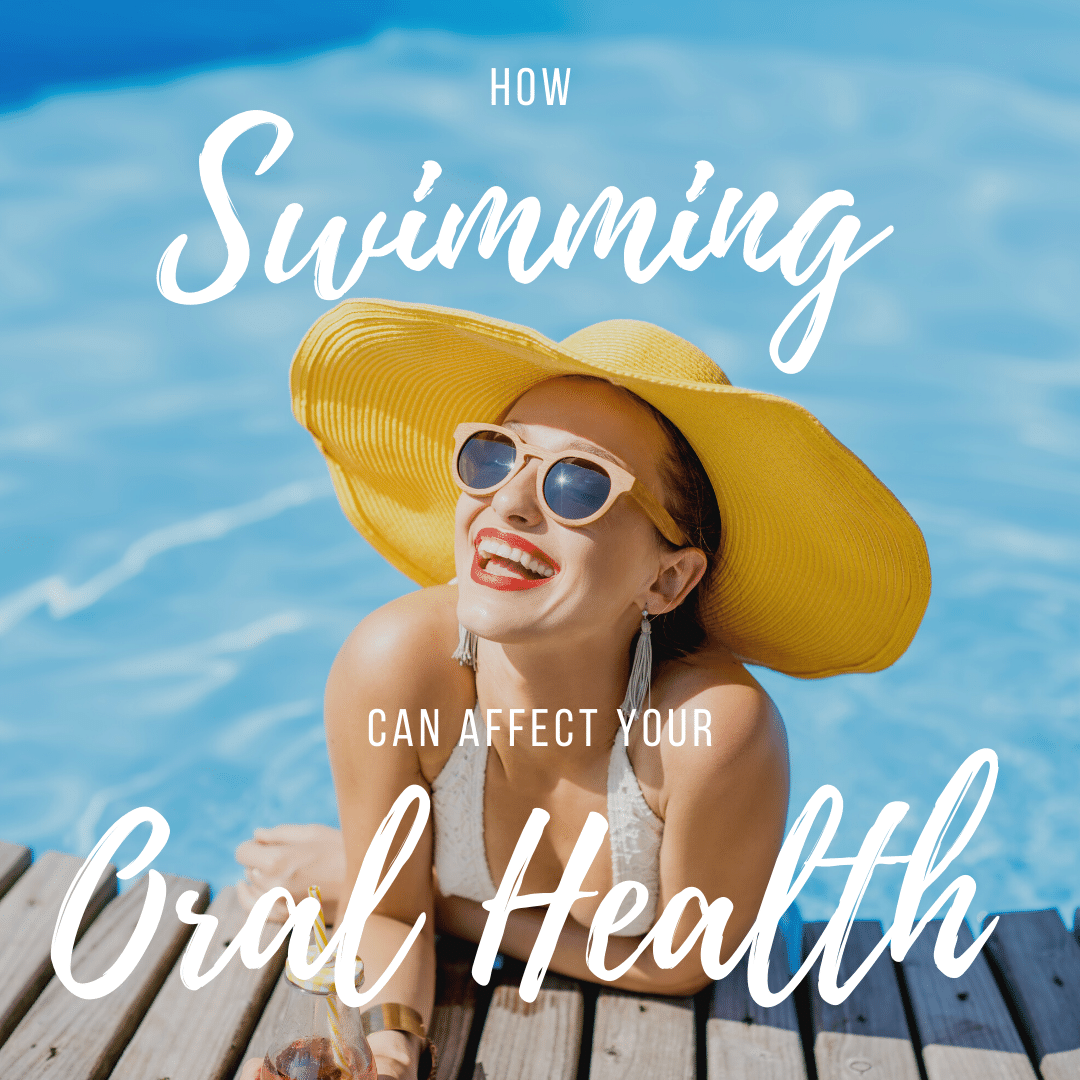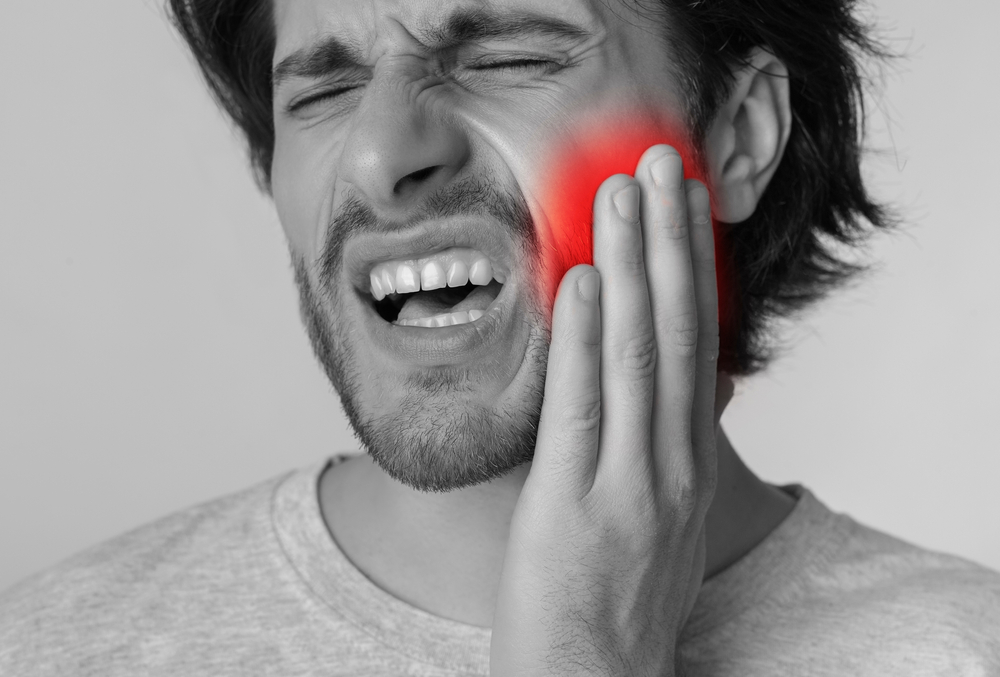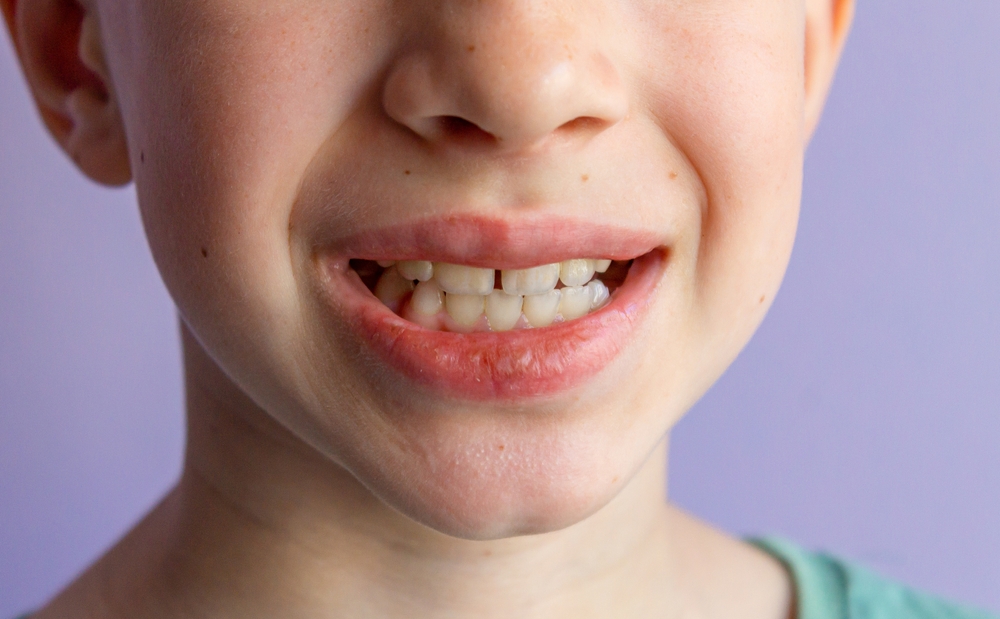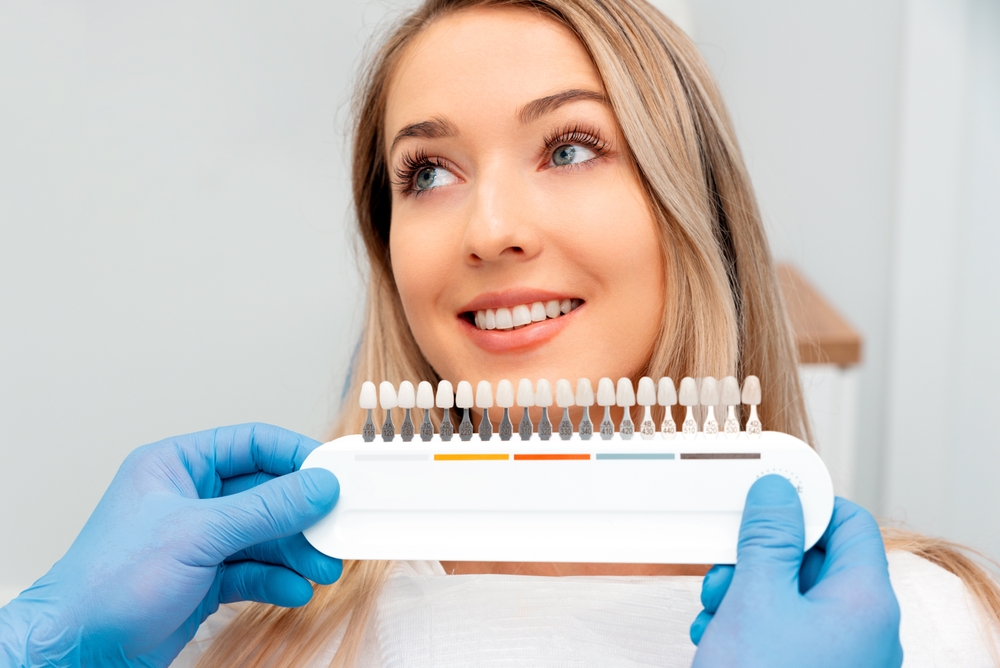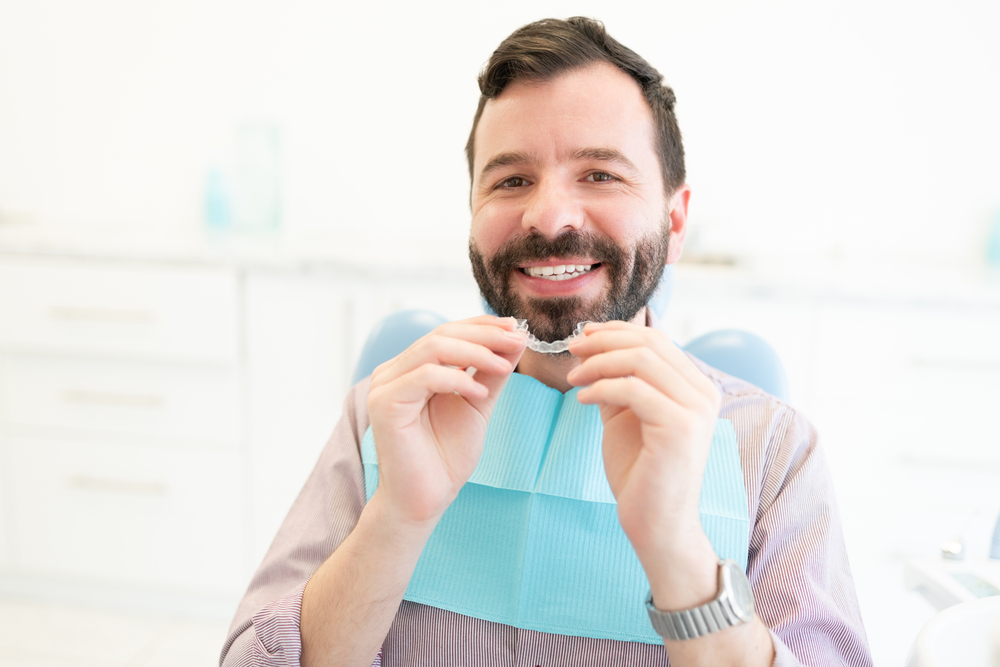It’s summertime and that means one thing for many people: time to hit the pool! Swimming is a great way to cool off and have fun, but it’s important to be aware of the potential oral health risks associated with swimming. In this blog post, we will discuss the potential effects of swimming on oral health and provide tips for staying safe while swimming.
One of the main factors that can have a negative affect on your oral health is chlorine. Chlorine is used in swimming pools as a disinfectant, and while it is effective at killing bacteria, it can also be harmful to your teeth and gums. In fact, chlorine can contribute to the following problems:

Swimmer’s calculus:
A buildup of chlorine and other minerals on the teeth that can cause them to become discolored and difficult to clean. They can make your teeth appear yellow and can lead to enamel erosion.
Tooth sensitivity:
Chlorine can make your teeth more sensitive to hot and cold temperatures. This is mostly due to the enamel erosion caused by an accumulation of swimmer’s calculus.
Besides chlorine, there are some risks associated with the physical nature of swimming. These include:
Barodontalgia:
This is a condition, also known as tooth squeeze, that can occur when changes in air pressure (such as when diving into the water) cause pain in the teeth. The main concern with barodontalgia is that it can cause air inside the teeth to expand or contract to match the ambient pressure. If you have untreated tooth decay, a faulty dental restoration, or a tooth fracture, this can cause complications and pain.
Oral injury:
Like any type of physical activity, swimming poses a risk of becoming injured. This can occur if you hit your teeth on the pool deck or another object while swimming. Oral injuries are also more common in people who play water sports.
Lost or damaged dental appliances:
If you wear dentures, retainers, or other dental appliances, they can become loose and fall out while swimming. In addition, they can be damaged if they come into contact with chlorine or other chemicals in the pool.
How to Stay Safe
So how can you stay safe while swimming? Here are some tips:
Manage chlorine levels:

You should carefully manage the chlorine levels of your personal pool by regularly testing the amount of chlorine and making adjustments as necessary. According to the Centers for Disease Control and Prevention (CDC), swimming pools should be between 7.2-7.8 on the pH scale. Additionally, free chlorine concentration should also be at least 1 part per million in swimming pools and 3 parts per million in hot tubs.
Estimate chlorine levels:
If you are unsure of the chlorine levels in a pool, you can estimate them by observing the condition of the walls, railings, and ladders. These will give you an idea of the level of chlorination in the water. The more erosion present, the more chlorine being used and the more acidic the water. It is recommended to limit your swimming time in heavily chlorinated pools.
Stay up to date on dental visits:
Be sure to visit your dentist regularly so that they can check for any problems that may be developing. This is especially important if you plan on scuba diving. Additionally, be sure to avoid scuba diving for a minimum of 24 hours after any type of dental procedure that uses anesthesia.
Practice pool safety:
In addition to being aware of the risks associated with swimming, it’s also important to practice pool safety. This includes things like not diving into shallow water, not running on the pool deck, and not swimming alone. This decreases the risk of oral injuries and dental emergencies.
In Conclusion
In this blog, we have discussed the potential effects of swimming on oral health. We have also provided some tips to follow to decrease the risks. By following these tips, you can enjoy a safe and fun summer swim season! We hope that this information will help you to be more aware of the risks and take the necessary steps to protect your teeth and gums. Thanks for reading!

